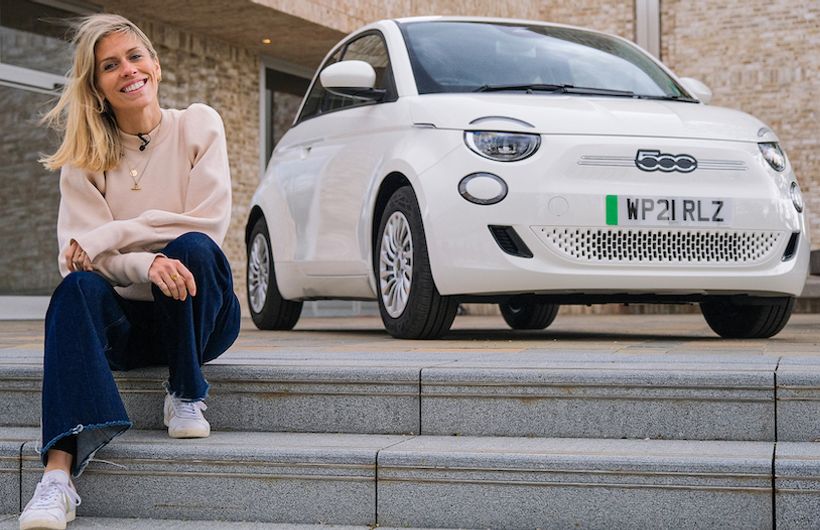5. Long journeys
Some electric car drivers will never take them on a long journey and are happy to just charge at home. But once you realise how cheap an electric car is to run, it’s likely you’ll want to use it for far flung adventures.
But your first experience of driving a long distance in an electric car and needing to top up your battery could be stressful, unless you’ve done your homework. The good news is that the charging situation is getting much better every week. But there are still some things you’ll need to know.
Firstly, you’ll be needing apps to help you out. At electrifying.com, we’re devotees of zapmap.com, plugshare and Wattsapp, and recommend them all. What makes these apps indispensable is that they show live information from the vast majority of the UK’s charging network.
You’ll need them as the UK’s motorway rapid charging network can be, to put it politely, woeful. But the charge point provision is being transformed, with the entire motorway and A-road network is being upgraded at quite a pace. A vast 12-unit hub has just opened on the M6 near Rugby, while existing units are being ripped out and replaced at existing sites at a rate of 10 locations a week. These points are super fast too, meaning you’ll spend less time at them.
Until the upgrades have happened however, we’d suggest you need to take precautions. Always arrive at a charging point with enough range to reach an alternative. When you plan your journey, look at your charging point app and see what other points are in the area.
If you can find a location that has a two or more units (increasingly common now), head there first. Even if one unit is offline or being used, your odds of success are far greater. Double or quad unit sites are also generally much newer and generally more reliable. If you are planning to charge at your destination, such as a hotel or shopping centre, check the website and maybe even call ahead just to make sure the points are still working and haven’t been dug up.
![Ginny Buckley and Nicki Shields at Gridserve electric car charging station with an Mazda MX-30]() The rapid charge network is being revamped
The rapid charge network is being revamped 

















